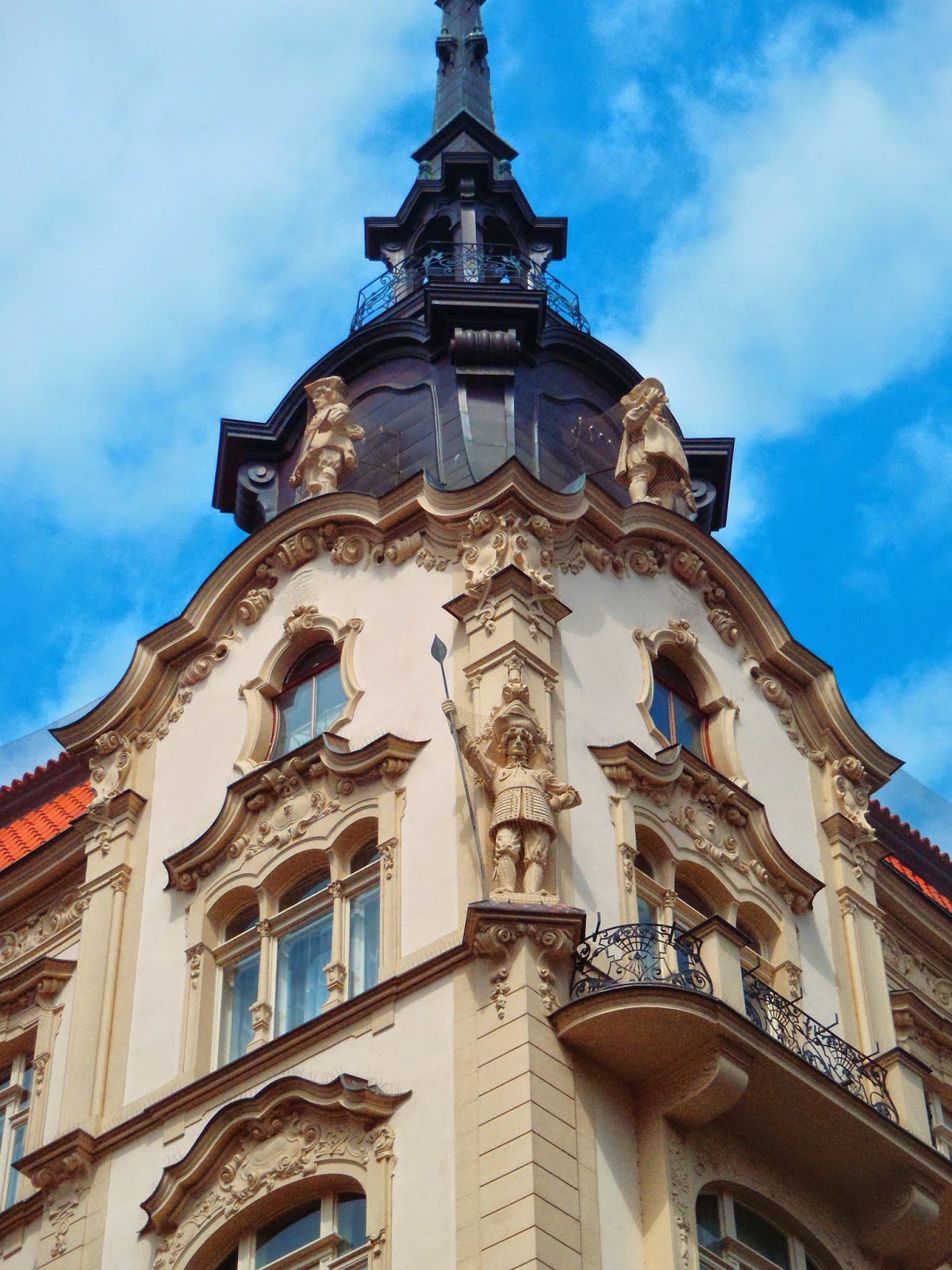Cubism derives its name from the French term "le cube" or cube, a shape the entire style is based on, its is trying to create a building from a composition of cube like and geometrical, that is why purely cubism building in Prague have no curves what so ever.
While Cubism in painting was made famous by Pablo Picasso,
Along with cubism, there was another derivative of of the same style called rondo cubism when it incorporated element of curved shapes .The Legiobank was the first rondo cubist building, and it went on to spur what would be referred to as a "national style", mostly used in the interwar period, when the first Czechoslovak Republic was founded, in 1918.














